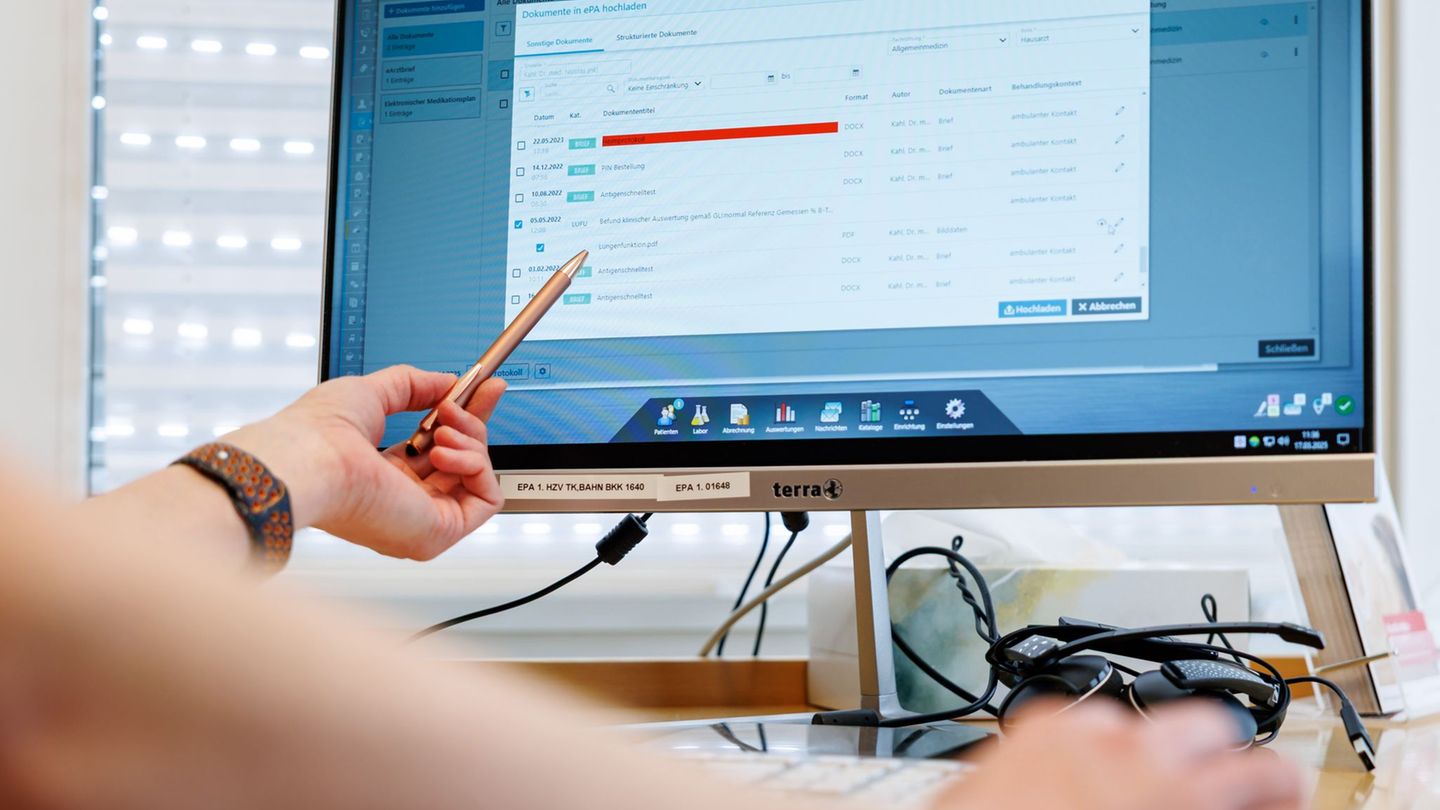I have been working in the news industry for over 6 years, first as a reporter and now as an editor. I have covered politics extensively, and my work has appeared in major newspapers and online news outlets around the world. In addition to my writing, I also contribute regularly to 24 Hours World.
Menu
Digitization: Millions of patients are not yet looking into their e-files
Categories
Most Read
Gaza: These are the 20 Hamas hostages still alive
October 11, 2025
No Comments
France: Macron makes Lecornu prime minister again
October 11, 2025
No Comments
President in the health check: Trump’s personal doctor confirms that he has the heart of a 65-year-old
October 11, 2025
No Comments
Government crisis in France: Macron and his prime minister face a Herculean task
October 11, 2025
No Comments
The situation at a glance: Trump wants to give a speech to the Israeli parliament
October 11, 2025
No Comments
Latest Posts

Gaza ceasefire holds: thousands of Palestinians return
October 11, 2025
No Comments
Thousands are making their way back to Gaza City. Hamas must release its hostages within 72 hours. On Saturday, they moved on foot, in cars

Consumer rights: “Premium” space at the toilet is no reason for compensation
October 11, 2025
No Comments
AngelicaI am an author and journalist who has written for 24 Hours World. I specialize in covering the economy and write about topics such as

Brad Pitt and Ines de Ramon: They should live together permanently
October 11, 2025
No Comments
Lisa HarrisI am an author and journalist who has worked in the entertainment industry for over a decade. I currently work as a news editor
24 Hours Worlds is a comprehensive source of instant world current affairs, offering up-to-the-minute coverage of breaking news and events from around the globe. With a team of experienced journalists and experts on hand 24/7.

